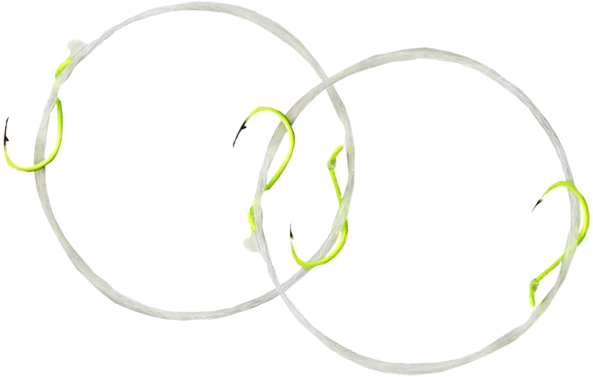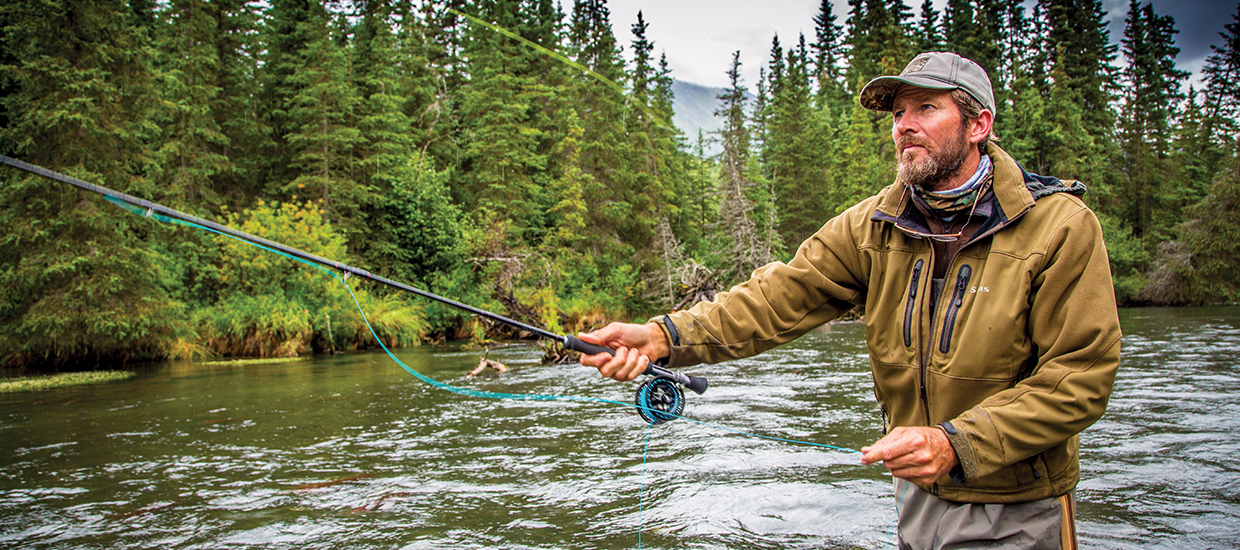Trout

Characteristics

Trout is an umbrella term used in Canada to refer to Rainbow Trout, Tiger Trout, Brown Trout, Brook Trout, and Cutthroat Trout, but all have similar characteristics and behaviour patterns, so for the purposes of fishing, we’ve grouped them into one category.
Their appearances differ dramatically depending on their environments. Trout, in most waterbodies, are frequently caught in the 10 – 20 inches length range and weigh between 6 ounces and 3 pounds, with certain lakes boasting record Browns and Rainbows exceeding 38 inches and 30 pounds.
They consume other fish, and other soft-bodied invertebrates such as flies, mayflies and dragonflies. Their constant movement give them a reputation for being a relatively easy fish to locate, though the fish’s skittish nature can make them a challenge to catch.
Their flesh is generally considered to be quite tasty, but the flavour usually varies depending on the fish’s diet. Their fillets are oily in texture and taste and consumed by humans and many apex predators alike.
Habitat

Trout gravitate toward cool and clear streams and lakes throughout Canada. They like to occupy pools and riffles that are relatively shallow with cover provided by vegetation. During hotter months, they tend to occupy deeper areas with greater depths to avoid high temperatures. During the winters, they move up from the depths to the shallows, preferring the colder waters and travelling in groups looking for food.
Trout Fishing Techniques
Trolling

This technique refers to letting out a set amount of line from the reel to get the lure down to a chosen depth and pulling it behind a boat that is traveling at a slow speed so that the lure is continuously displaying the desired action.
The idea is to cover as much water as possible while your lure moves in a swimming action, mimicking the movements of real prey. It’s a technique that is highly impacted by the gear you use, so you’ll want to make sure you have the correct equipment for best results. Slowly pull a wobbling crankbait just below the surface of the water (you should see a subtle wake forming). Make sure you wait for the tug of a bite so you don’t risk jerking the lure away too quickly and losing your catch. When trolling, it is best to use a motor that enables your boat to go slow enough to target the fish you’re after.
Rigging
This technique incorporates a varity of items to assemble a fool-proof hooking apparatus.
There are several variations of rigs that can be built, but they all have one thing in common: they are assembled using combinations of various components including a main line and a leader line, weights, terminal hooks/floats, rod, reel, and bait. Essentially, this approach allows you to customize your gear to optimize your technique based on your desired results. The weight is utilized to keep your bait where the fish are biting. The leader line or snell length recommended varies greatly depending on the water clarity and fishing pressure the waterbody experiences, with some anglers swearing by 3-foot snells in murky, low pressure situations, and 8-foot snells in clear, high-pressure waters.


Fly Fishing

When it comes to fly fishing, your gear is the most important component. Depending on how narrow or wide the river you’re fishing in is, you’ll want to adjust the length of your rod accordingly. You’ll probably want to wear a pair of waders to keep you warm since Trout prefer cold waters. The idea is to get your fly to move directly with the current without friction so the movement of your fly looks perfectly natural.
You can use either a “wet” fly, which is fished below the water’s surface, or a “dry” fly which floats along the top of the water’s surface. You can experiment with different approaches (upstream, downstream, or cross-stream) and positions, reeling in and casting again once the fly has travelled your desired distance.